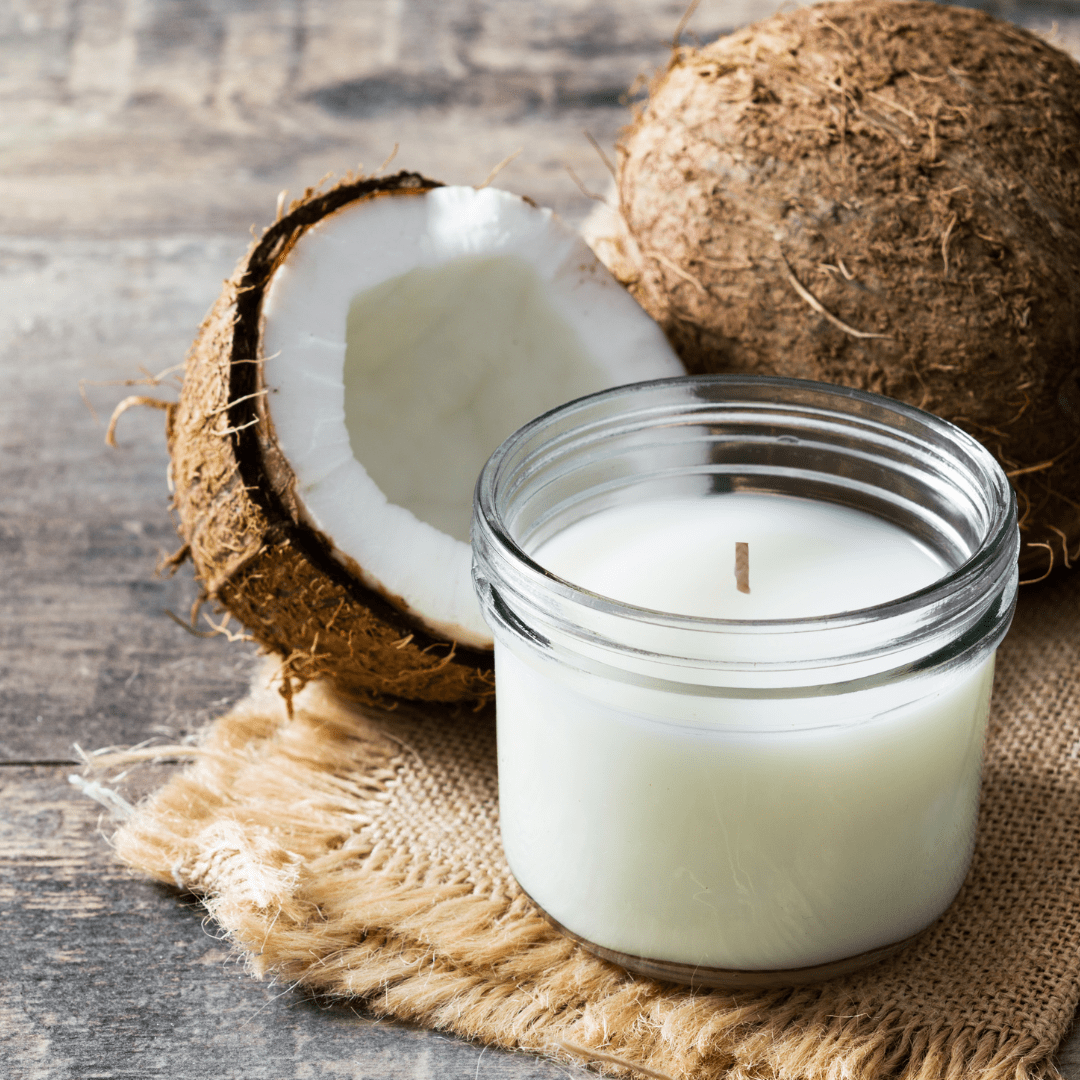Infuse Your Home with the Scent of Crystal Soy Candles and Home Fragrance
Infuse Your Home with the Scent of Crystal Soy Candles and Home Fragrance
Blog Article
From Wick to Wax: Comprehending the Chemistry Behind Soy Wax Candles and Their Environmental Influence
As we brighten our spaces with the warm glow of candles, there exists a world of elaborate chemistry behind the relatively basic act of lighting a soy wax candle light. Join us as we decipher the clinical complexities behind soy wax candles and discover their implications on our setting.
Soy Wax Vs. Paraffin Wax
When comparing soy wax and paraffin wax for candle making, it is necessary to understand the unique qualities and advantages of each product. Soy wax is a natural, eco-friendly source stemmed from soybean oil, making it biodegradable and green - soy candles. In comparison, paraffin wax is a result of oil refining, which elevates worries concerning its ecological impact and sustainability
Soy wax candles shed cleaner and send out much less residue contrasted to paraffin wax candle lights, making them a healthier choice for indoor air quality. Additionally, soy wax has a lower melting point, enabling a longer-lasting candle that disperses fragrance more properly. Paraffin wax, on the other hand, often tends to shed faster and much less cleanly, potentially launching dangerous chemicals into the air.
From a sustainability viewpoint, soy wax is preferred for its biodegradability and renewable sourcing, straightening with the expanding consumer preference for environmentally conscious products. While paraffin wax has been a conventional option in candle light making because of its affordability and convenience of usage, the change in the direction of environmentally friendly options like soy wax is obtaining energy in the industry.
Chemical Make-up of Soy Wax

Combustion Refine in Soy Candles
The chemical structure of soy wax directly affects the combustion procedure in soy candles, impacting factors such as shed time, scent launch, and ecological impact. When a soy candle is lit, the warm from the flame melts the wax near the wick. This liquid wax is after that created the wick due to capillary activity. As the fluid wax gets to the flame, it undergoes and evaporates burning. The combustion procedure entails the vaporized hydrocarbons in the wax reacting with oxygen in the air to generate warm, light, water vapor, and carbon dioxide.
The burning effectiveness of soy candles is influenced by the pureness of the soy wax and the high quality of the wick. A clean-burning soy candle with an appropriately sized wick will produce a constant fire and lessen soot development. This not just expands the burn time of the candle light but additionally boosts the launch of scents. browse around this web-site Furthermore, soy wax candle lights have a lower ecological effect contrasted to paraffin candle lights due to their sustainable and naturally degradable nature.

Environmental Benefits of Soy Wax

Considered a lasting alternative to standard paraffin wax, soy wax offers noteworthy ecological benefits that make it a preferred choice among eco-conscious customers. Soy wax burns cleaner and produces much less residue than paraffin wax, contributing to much better interior air quality and minimizing the demand for cleaning and upkeep. Generally, the ecological advantages of soy wax line up with the growing need for green and lasting items in the market.
Recycling and Disposal Considerations
Recycling and appropriate disposal of soy wax candle lights play a crucial role in maintaining ecological sustainability and lowering waste in households and communities. When it comes to recycling soy wax candles, the first action is to make certain that the candle light has shed totally.

In regards to disposal, if recycling is not a choice, soy wax candles are eco-friendly and can be securely gotten rid of in a lot of home waste systems. It is always recommended to examine with regional reusing centers or waste monitoring solutions for certain guidelines on candle disposal to make certain click resources correct handling and environmental protection.
Conclusion
In conclusion, the chemistry behind soy wax candle lights reveals their ecological advantages over paraffin wax candle lights. Soy wax, originated from soybean oil, burns cleaner and generates less residue when compared to paraffin wax. The burning process in soy candle lights is a lot more reliable, causing a much longer and a lot more even melt. Additionally, soy wax is eco-friendly and renewable, making it an extra next page sustainable option for candle light production. Reusing and proper disposal of soy wax candles even more add to their environmental effect.
When contrasting soy wax and paraffin wax for candle making, it is essential to comprehend the unique characteristics and advantages of each product (soy wax candles).Soy wax candles shed cleaner and emit less soot contrasted to paraffin wax candle lights, making them a much healthier choice for indoor air high quality.Thought about a lasting choice to conventional paraffin wax, soy wax provides significant ecological advantages that make it a preferred choice among eco-conscious consumers. Soy wax burns cleaner and generates less soot than paraffin wax, contributing to better indoor air quality and lowering the need for cleaning and maintenance.In final thought, the chemistry behind soy wax candle lights reveals their environmental advantages over paraffin wax candles
Report this page